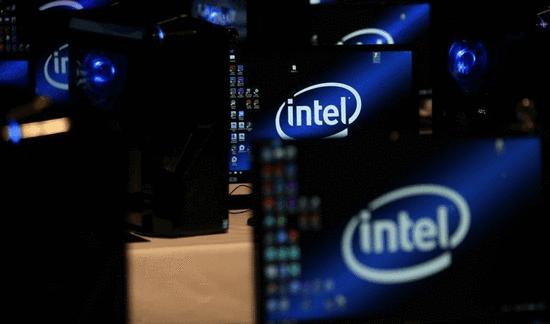Intel Overturns Billions in EU Antitrust Fines: A Landmark Victory
A 20-year legal battle between Intel and the European Union has finally come to a close with the European Court of Justice (ECJ) ruling in favor of the semiconductor giant. The protracted dispute, which began in 2000 when AMD accused Intel of abusing its dominant market position to stifle competition, has had a profound impact on both companies and the broader technology industry.
A History of Legal Battles
At the heart of the case was AMD's allegation that Intel had offered illegal rebates to PC manufacturers to induce them to avoid purchasing AMD's processors. This practice, AMD argued, allowed Intel to maintain its monopoly in the processor market. The European Commission launched a formal investigation in 2007 and in 2009, it found Intel guilty of antitrust violations, imposing a €1.06 billion fine.
Intel appealed the decision, and the case has been winding its way through the European courts ever since. In 2014, the General Court of the European Union upheld the Commission's 2009 decision. However, Intel continued to appeal, eventually reaching the ECJ. In 2017, the ECJ referred the case back to the General Court for a re-examination. After a thorough review, the General Court in January 2023 annulled the Commission's decision to impose fines. The Commission appealed this decision, but in October 2023, the ECJ upheld the General Court's judgment, marking a significant victory for Intel.

Implications of the Ruling
The ECJ's ruling has far-reaching implications for Intel and the broader technology industry. For Intel, the decision vindicates its position and frees the company from the threat of a substantial fine. This not only provides financial relief but also creates a more level playing field for competition. Intel can now focus on product innovation and market expansion without the burden of ongoing legal challenges.
Moreover, the ruling boosts Intel's confidence in the marketplace. The 20-year legal battle undoubtedly took a toll on the company's reputation and market share. With this victory, Intel can now project a stronger image and more effectively compete against rivals like AMD and NVIDIA.
Beyond Intel, the case offers valuable lessons for other businesses facing antitrust allegations. It demonstrates that companies can successfully defend themselves against antitrust claims, even in the face of significant regulatory scrutiny. By persevering through the legal process, companies can protect their legitimate business interests and uphold the principles of fair competition.
Looking Ahead
While Intel has emerged victorious from this lengthy legal battle, the company still faces significant challenges in the dynamic semiconductor market. To maintain its competitive edge, Intel must continue to invest in research and development, and adapt to evolving market trends.
Furthermore, the global regulatory landscape for antitrust matters is constantly evolving. Companies must stay abreast of changing regulations and ensure that their business practices comply with all applicable laws. By doing so, they can minimize their exposure to antitrust risks and foster a more sustainable and competitive business environment.
In conclusion, the ECJ's ruling in favor of Intel marks a significant turning point in a protracted legal battle. The decision has far-reaching implications for the semiconductor industry and sets an important precedent for antitrust cases. As the technology industry continues to evolve, companies must remain vigilant in navigating the complex legal and regulatory landscape.
Buying Intel / Xilinx Chips, Find integrated circuit parts in Conevo Distributor
● The EPM7128STC100-7 is a high-performance, EEPROM-based CPLD from Intel's MAX 7000S series, featuring 128 macrocells, 5V-tolerant inputs, and operating at a maximum frequency of 125MHz with a 100-pin TQFP package.
● The EP1S10F672I7 is a high-performance, 672-pin FPGA from Intel's Stratix series, featuring 672,000 logic elements, 345 I/O pins, and operating over a supply voltage range of 1.425V to 1.575V, suitable for a wide range of digital logic design applications.
● The EPM7128SLC84-7 is an 84-pin PLCC package CPLD from Intel's MAX 7000S series, featuring 128 macrocells, 5.0V in-system programmability, and a maximum pin-to-pin delay of 7.5 ns, suitable for a variety of programmable logic applications.
Website: www.conevoelec.com
Email: info@conevoelec.com








